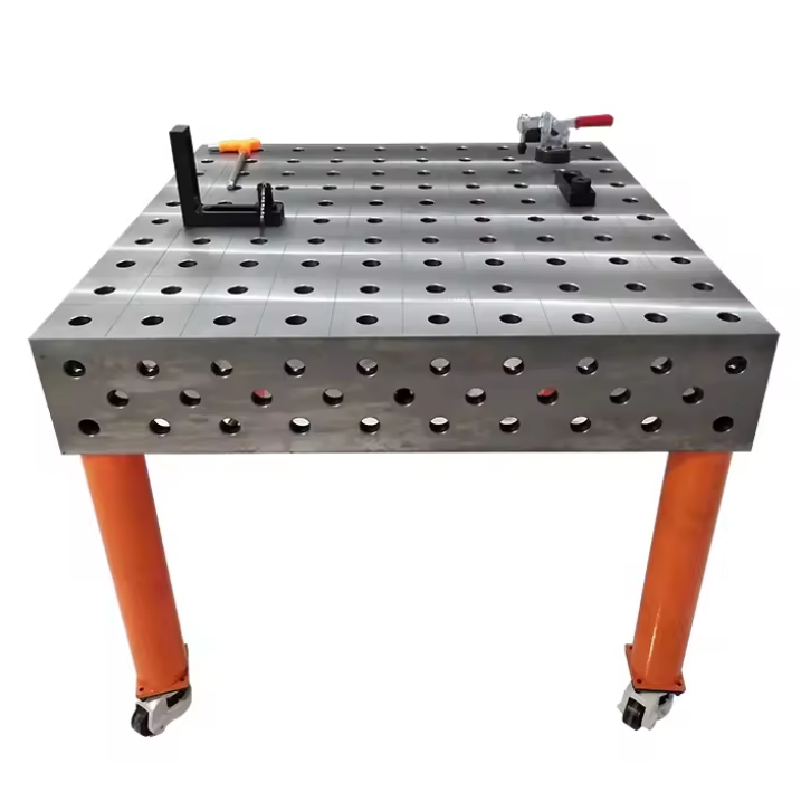Nov . 13, 2024 06:55 Back to list
calibrated pin gauges
Understanding Calibrated Pin Gauges A Key Tool in Precision Engineering
In the world of precision engineering and manufacturing, the accuracy of measurements is paramount. Among the various tools utilized to ensure this accuracy, calibrated pin gauges stand out for their effectiveness and simplicity. These precision instruments are essential for measuring the diameter of holes, verifying the size of components, and maintaining quality control standards across various industries.
Calibrated pin gauges are solid cylindrical rods made of durable materials, typically steel. They come in a range of sizes, often specified in metric or imperial units, and are designed to fit snugly into holes of corresponding diameters. The calibrated aspect refers to the fact that these gauges are manufactured to exact specifications and are tested to ensure their accuracy. Each pin gauge is marked with its specific size, which allows operators to quickly select the appropriate gauge for their measurement needs.
One of the primary applications of calibrated pin gauges is in the inspection of holes. In manufacturing processes where precision is crucial, such as in the automotive or aerospace industries, it is vital that the components fit together correctly. By inserting a pin gauge into a hole, inspectors can determine whether the hole is within the acceptable tolerance levels. If the gauge fits perfectly, the hole is deemed to be the correct size; if it is too loose or too tight, further investigation and possible corrective actions must be taken.
calibrated pin gauges

Another significant use of calibrated pin gauges is in the verification of tool settings. In CNC machining and other automated processes, maintaining the correct dimensions is critical. Operators can use pin gauges to check the settings of machines to ensure they are producing components that meet design specifications. This ongoing quality control helps to reduce waste and rework, ultimately saving time and resources.
The calibration process itself is crucial to the accuracy of pin gauges. Initially, the gauges are calibrated against a standard reference gauge, which is traceable to national or international standards. Regular recalibration is necessary to account for wear and tear, thermal expansion, and other factors that may affect measurement accuracy over time. This rigorous approach ensures that calibrated pin gauges remain reliable tools for engineers and quality control inspectors.
Moreover, the design of calibrated pin gauges allows for a straightforward, user-friendly measurement process. Operators can quickly insert a gauge into the hole without complex setup procedures, making them a time-efficient choice in busy manufacturing environments. Additionally, they require minimal maintenance, contributing to their appeal as a staple in quality assurance procedures.
In conclusion, calibrated pin gauges play a vital role in precision engineering, enabling manufacturers to maintain high standards of quality and accuracy. Their simplicity, reliability, and effectiveness make them indispensable tools for measuring component sizes and hole dimensions. As industries continue to evolve and demand greater precision in manufacturing processes, the importance of calibrated pin gauges will only increase. By investing in proper calibration and maintenance of these instruments, companies can ensure they consistently produce components that meet the highest standards, ultimately enhancing their reputation and competitiveness in the market.
-
thread-plug-gauge-our-promise-of-measurement-excellenceNewsAug.22,2025
-
gauge-pin-class-reflecting-quality-legacyNewsAug.22,2025
-
check-valve-types-for-high-rise-buildingsNewsAug.22,2025
-
water-control-valve-for-irrigation-systemsNewsAug.22,2025
-
gate-valve-with-soft-seal-technologyNewsAug.22,2025
-
y-type-strainer-for-oil-and-gas-applicationsNewsAug.22,2025
Related PRODUCTS









